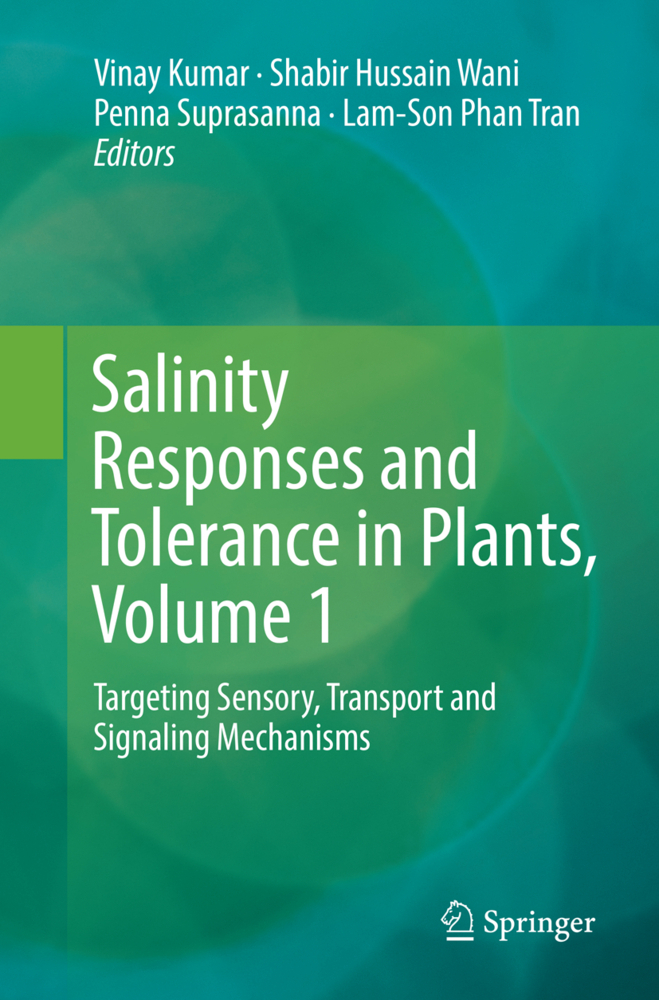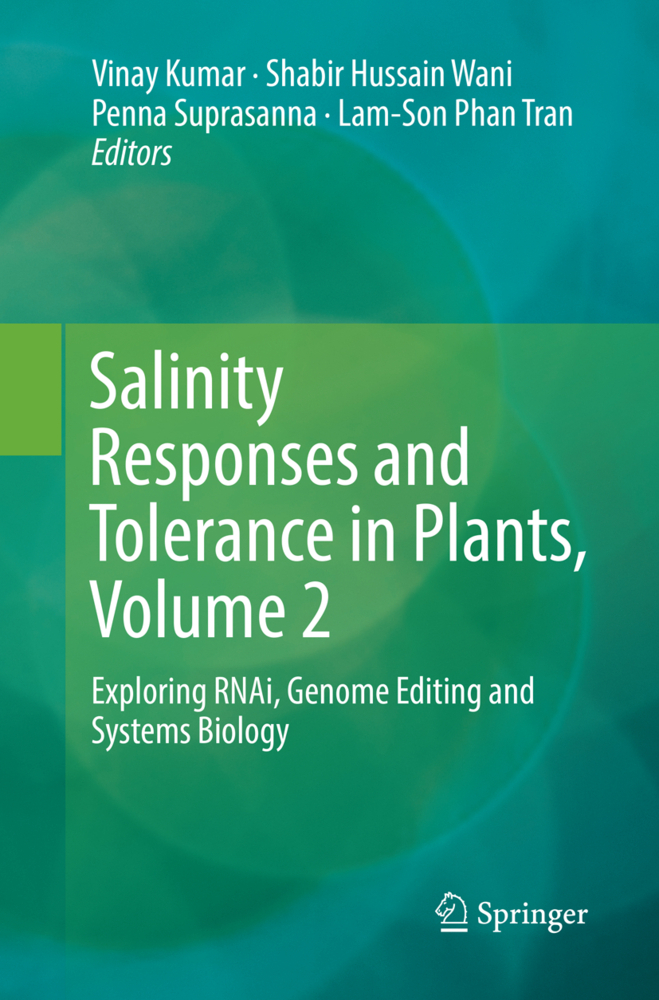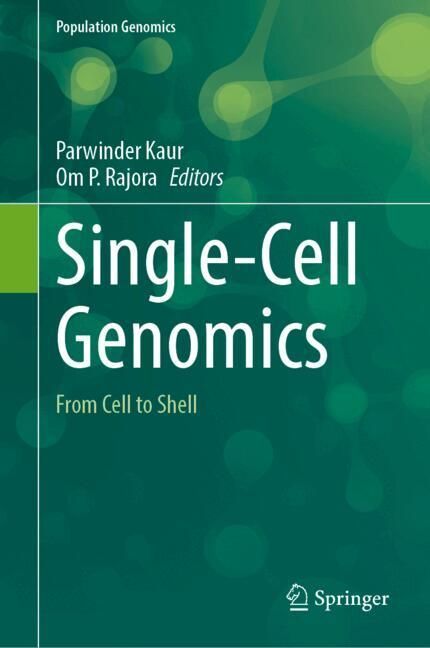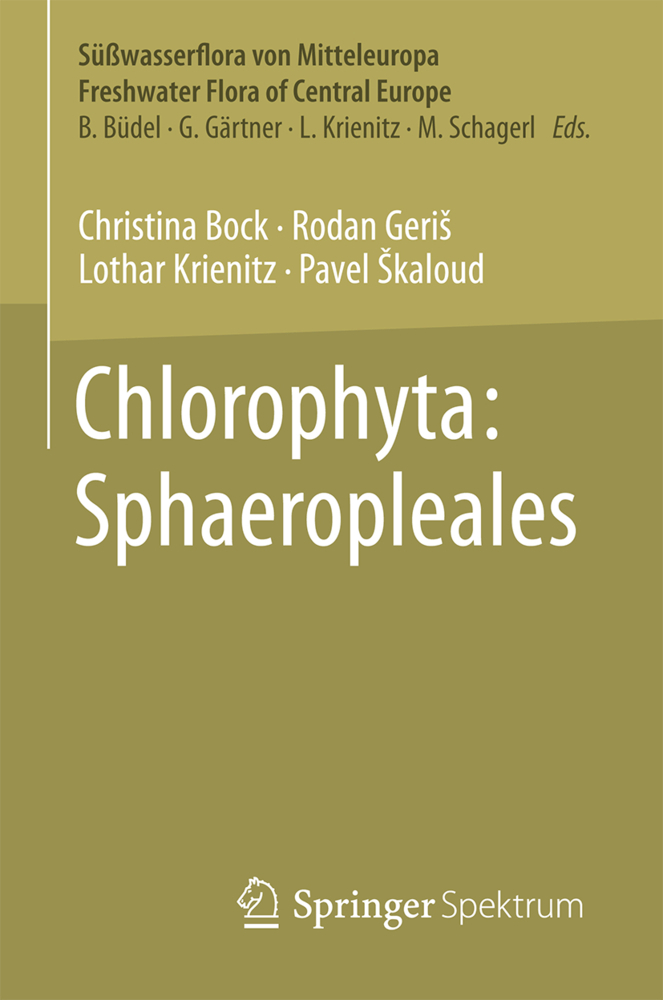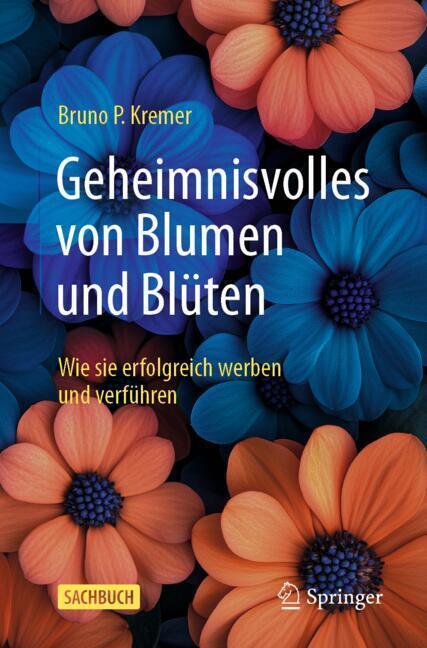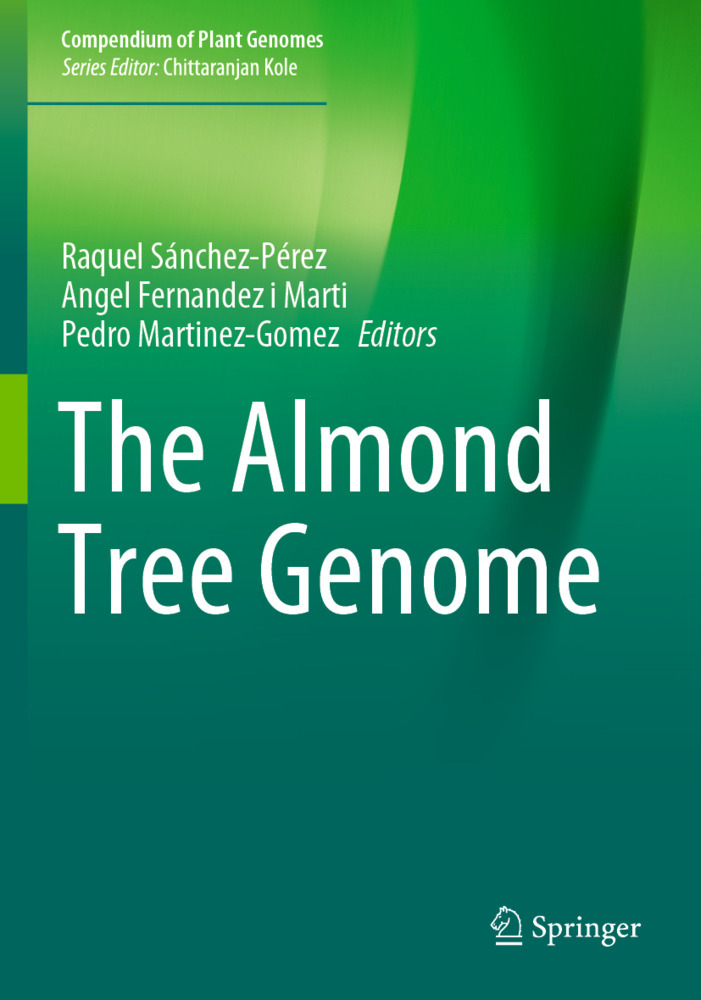Salinity Responses and Tolerance in Plants, Volume 1
Salinity Responses and Tolerance in Plants, Volume 1
Soil salinity is a key abiotic-stress and poses serious threats to crop yields and quality of produce. Owing to the underlying complexity, conventional breeding programs have met with limited success. Even genetic engineering approaches, via transferring/overexpressing a single 'direct action gene' per event did not yield optimal results. Nevertheless, the biotechnological advents in last decade coupled with the availability of genomic sequences of major crops and model plants have opened new vistas for understanding salinity-responses and improving salinity tolerance in important glycophytic crops. Our goal is to summarize these findings for those who wish to understand and target the molecular mechanisms for producing salt-tolerant and high-yielding crops. Through this 2-volume book series, we critically assess the potential venues for imparting salt stress tolerance to major crops in the post-genomic era. Accordingly, perspectives on improving crop salinity tolerance by targeting the sensory, ion-transport and signaling mechanisms are presented here in volume 1. Volume 2 will focus on the potency of post-genomic era tools that include RNAi, genomic intervention, genome editing and systems biology approaches for producing salt tolerant crops.
1. Salinity stress responses and adaptive mechanisms in major glycophytic crops: The story so far BY Sunita Kataria and Sandeep Kumar Verma
2. Deploying mechanisms adapted by halophytes to improve salinity tolerance in crop plants: Focus on anatomical features, stomatal attributes and water use efficiency BY Ankanagari Srinivas, Guddimalli Rajasheker, Gandra Jawahar, Punita L. Devineni, Maheshwari Parveda, Somanaboina Anil Kumar and Polavarapu B. Kavi Kishor3. Targeting aquaporins for conferring salinity tolerance in crops BY Kundan Kumar and Ankush Ashok Saddhe
4. Strategies to mitigate salt stress effects on photosynthetic apparatus and productivity of crop plants BY Mbarki Sonia, Oksana Sytar, Artemio Cerda, Marek Zivcak, Anshu Rastogi, Xiaolan He, Aziza Zoghlami, Chedly Abdelly, Marian Brestic
5. Potassium uptake and homeostasis in plants grown under hostile environmental conditions and its regulation by CBL-interacting protein kinases BY Mohammad Alnayef, JayakumarBose, and Sergey Shabala
6. Plant hormones: potent targets for engineering salinity tolerance in plants BY Abdallah Atia, Zouhaier Barhoumi, Ahmed Debez, Safa Hkiri, Chedly Abdelly, Abderrazak Smaoui, Chiraz Chaffei Haouari, Houda Gouia
7. Transcription factors based genetic engineering for salinity tolerance in crops BY Parinita Agarwal, Pradeep Agarwal, Divya Gohil
8. Targeting the redox regulatory mechanisms for salinity stress tolerance in crop BY Mohsin Tanveer and Sergey Shabala
9. Manipulating metabolic pathways for development of salt tolerant crops BY Melike Bor and Filiz Özdemir
10. The glyoxalase system: a possible target to produce salinity tolerant crop plants BY Tahsina Sharmin Hoque, David J. Burritt, Mohammad Anwar Hossain
11. Cross-protection by oxidative stress: improving tolerance to abiotic stresses including salinity BY Vokkaliga T Harshavardhan, Geetha Govind, Rajesh Kalladan, Nese Sreenivasulu and Chwan-Yang Hong
12. Strategies to alleviate salinitystress in plants BY Sara Francisco Costa, Davide Martins, Monika Agacka-Moldoch, Anna Czubacka and Susana Sousa Araújo
13. Polyamines and their metabolic engineering for plant salinity stress tolerance BY Tushar Khare, Amrita Srivastav, Samrin Shaikh and Vinay Kumar
14. Single versus multi-gene transfer approaches for crop salt tolerance BY Satpal Turan
15. Molecular markers and their role in producing salinity tolerant crop plants BY Sagar Satish Datir.
Kumar, Vinay
Wani, Shabir Hussain
Suprasanna, Penna
Tran, Lam-Son Phan
| ISBN | 978-3-030-09294-8 |
|---|---|
| Artikelnummer | 9783030092948 |
| Medientyp | Buch |
| Copyrightjahr | 2019 |
| Verlag | Springer, Berlin |
| Umfang | XV, 399 Seiten |
| Abbildungen | XV, 399 p. 33 illus., 25 illus. in color. |
| Sprache | Englisch |

